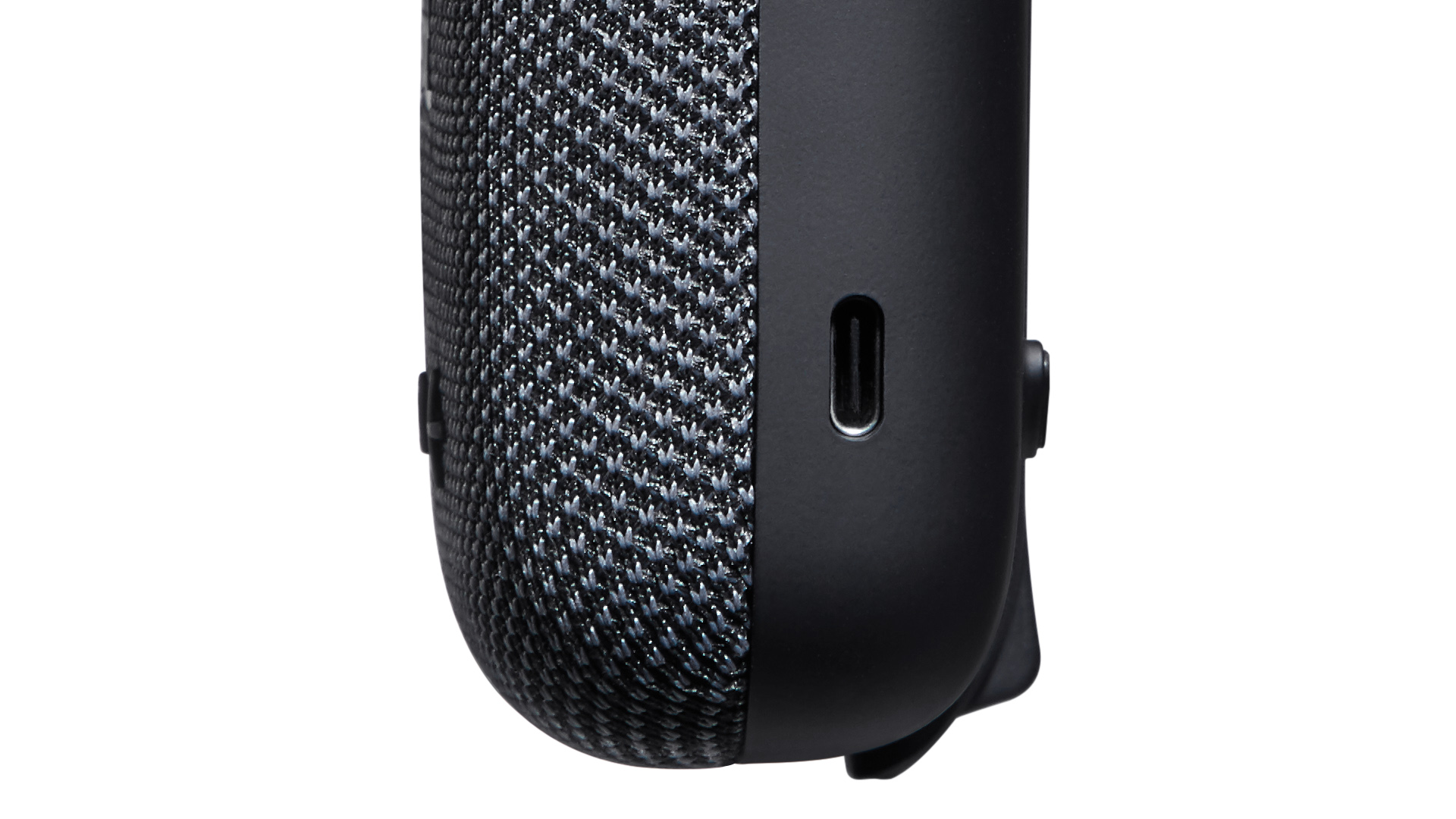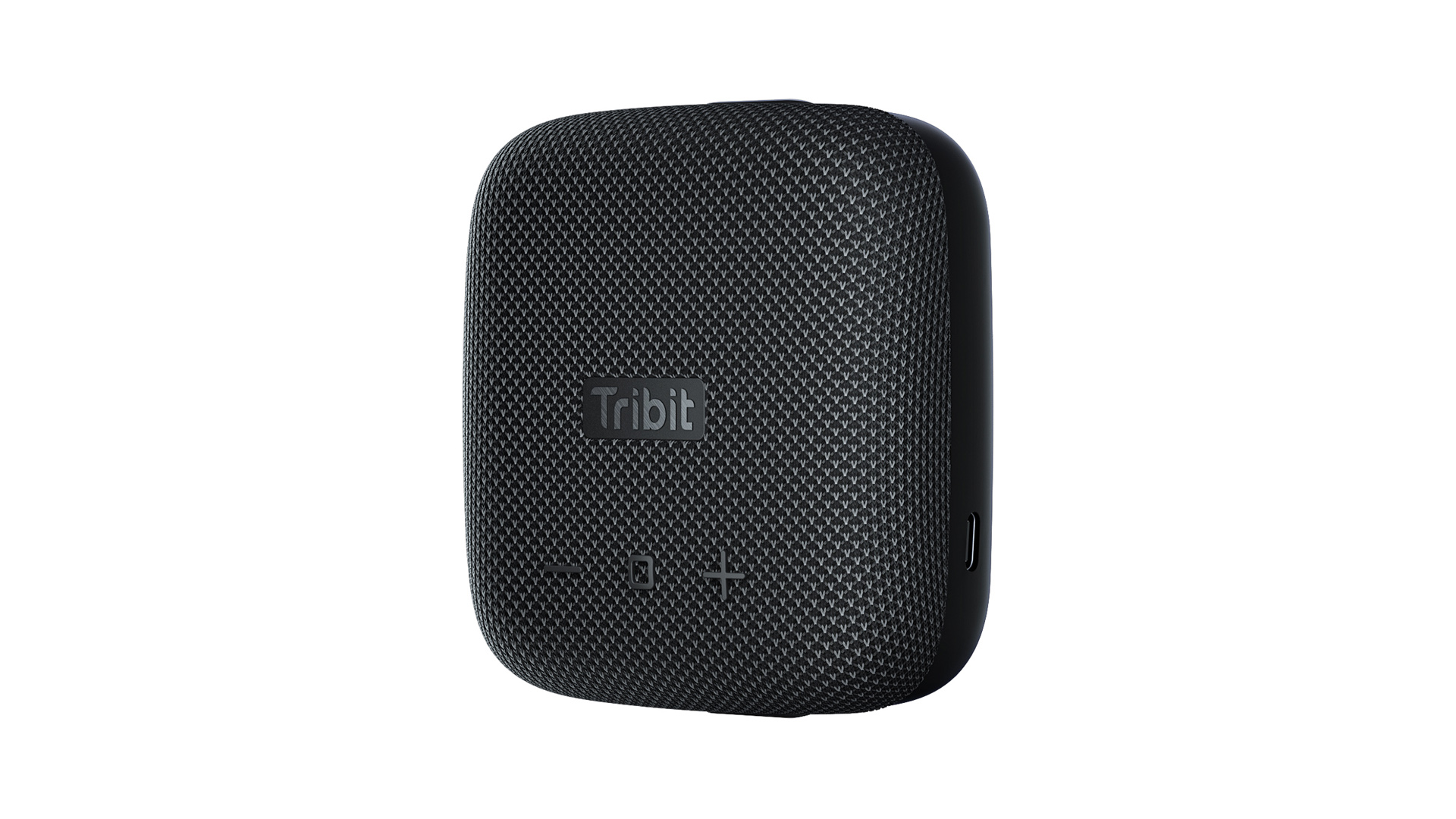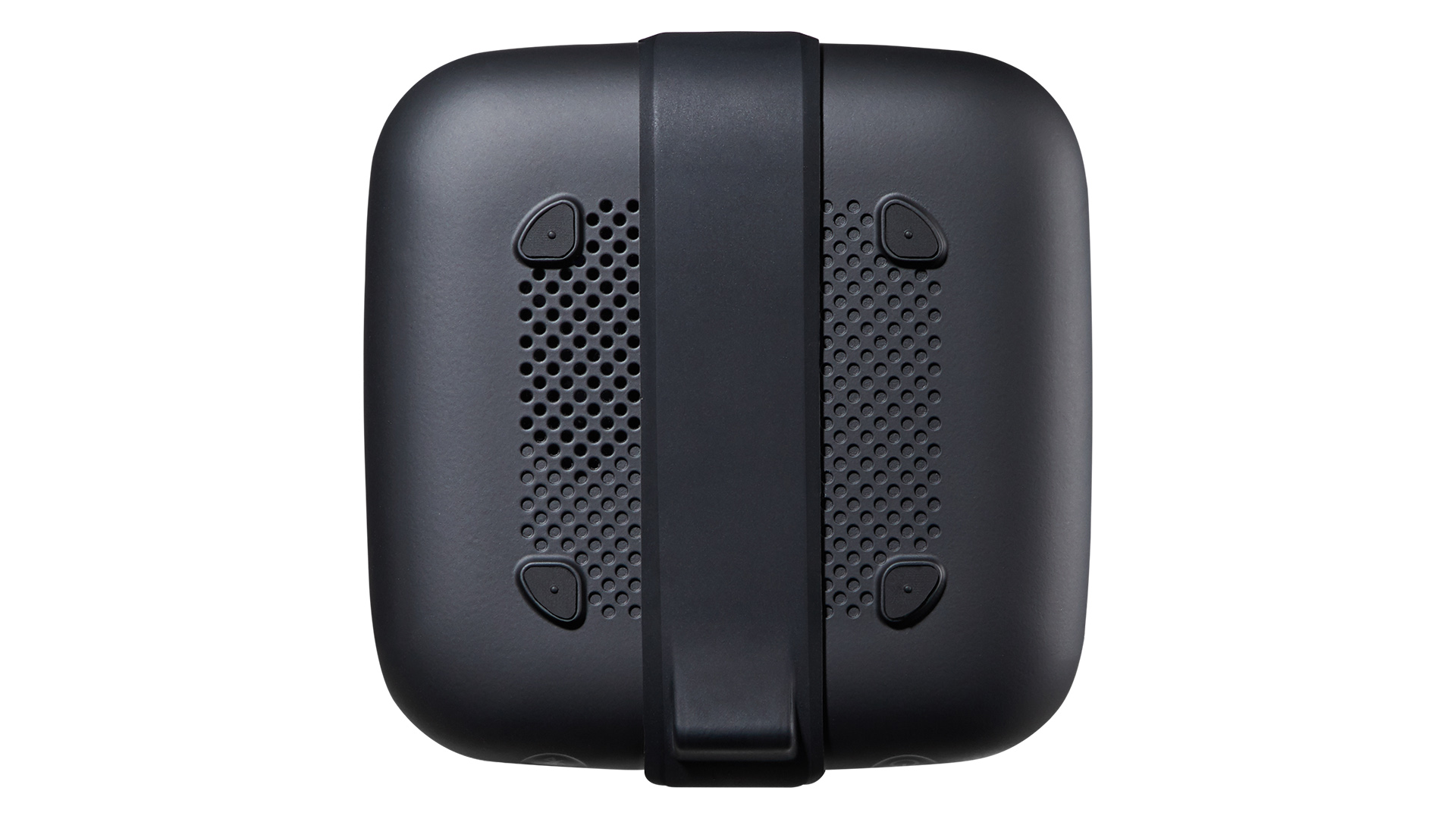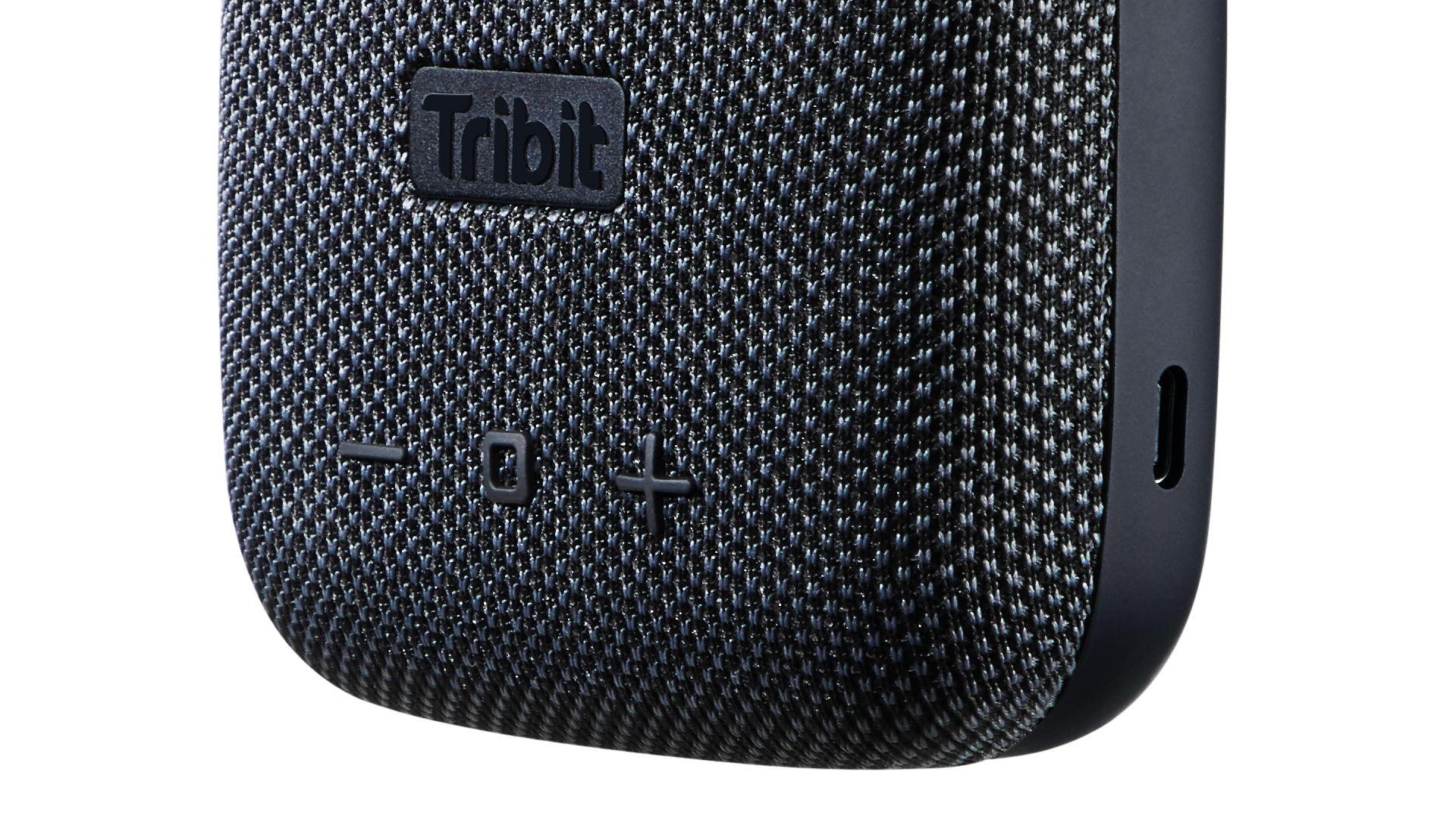What Hi-Fi? Verdict
Tribit Audio’s talented newcomer arrives as an undeniable contender in the budget speaker sphere
Pros
- +
Mature, musical sound
- +
Surprisingly weighty bass
- +
USB-C charger
Cons
- -
Short battery life
Why you can trust What Hi-Fi?
As we start spending more time socialising, bringing a Bluetooth speaker along to gatherings is once again best practice. Big names such as Ultimate Ears and JBL dominate, but this doesn’t mean the What Hi-Fi? team considers that particular box checked. What if a small, little-known brand could step in, trounce the competition and wow us – all for a fantastically low price?
Enter Tribit Audio, a Chinese company whose current product range comprises four diminutive portable speakers and six sets of wireless headphones.
The new Stormbox Micro is the second-least expensive speaker in a line-up that's very affordable all round. Is it the speaker we’ve been dreaming of – the undiscovered belter set to steal the budget crown?
Build

It’s hard to imagine a home decor, backpack or personal taste that the Tribit Audio Stormbox Micro couldn’t merge in with happily. It's the size of a stack of drinks coasters, with a soft-feeling charcoal fabric jacket covering the upwards-facing half of the speaker. The bottom half is rubberised, with two buttons for power and Bluetooth pairing on either side of the rounded bottom edge, looking from above.

Bluetooth version 5.0
Bluetooth range 30m
Power output 9W
Battery life Up to 8 hours
Rating IP67 (dustproof/waterproof)
Frequency response 70Hz-20kHz
Dimensions (hwd) 9.8 x 9.8 x 3.5cm
Weight 290g
In between these are a mic and a display of six LEDs for connectivity and battery status. On the right edge is a waterproof USB-C charging port. On the underside, lying flush between the Stormbox Micro’s four rubberised feet is a neat little stretchy strap you can unsnap to sling over a bike handlebar or tent pole.
Underneath the subtle branding on the top of the unit are three buttons: a minus sign, a square and a plus sign. The first and last buttons take care of volume; the middle one has several functions. Play/pause is a single press. Press twice and you skip to the next track, while three goes to the beginning of the track being played. A long press summons your device’s voice assistant – in our tests, the Stormbox Micro’s mic picks up our requests well.
If you’re paired to your smartphone, this button also can also take care of call-handling. The Stormbox Micro’s top-plate buttons need to be physically depressed and their outlines can be traced through the unit’s fabric jacket.
It’s a slight departure from models by Ultimate Ears, (whose buttons are hard to discern, though you certainly know when you’ve pressed one) but that's no bad thing. The overall design still here feels durable, functional and well-finished.
Features

There’s some discrepancy over the Stormbox Micro’s specifications depending on which page of the manual you’re looking at, which is a shame as it does sell the product short.
The box is also misleading, listing an incorrect IPX7 rating. The definitive (and rather impressive) stats are: Bluetooth 5.0, an eight-hour battery life and IP67 rating – meaning the speaker is both waterproof and dustproof. That IP rating brings the Stormbox Micro in line with the Award-winning Ultimate Ears Wonderboom 2.
You can also pair two Stormbox Micros in either mono or stereo. We try the stereo pairing in our test, and the resulting sound is a splendid proposition for the money. Another plus-point for the Tribit speaker is the use of a USB-C charger (the Wonderboom 2 still sports a micro-USB port), although it takes 3.5 hours to charge, which is somewhat disappointing.
The Ultimate Ears product boasts a 13-hour battery life, though, whereas the Tribit will last only eight. That's more than smaller models such as the JBL Go 2, which only offers five hours, but it's clearly not exceptional.
There’s no app support and no ‘boost’ button for outdoor listening here, but to expect such extras at this budget price would be a little unreasonable. Overall, it’s a sleek, handy, durable little cushion-shaped speaker.
Sound

We listen to Radiohead’s Paranoid Android from the OK Computer album and the twinkling pops and rhythmic guitar at the outset are well-integrated, detailed and musical. Thom Yorke’s ethereal voice comes through centrally and there’s a lovely distribution of sound wherever we stand in our room.
As the bridge comes in, we’re pleasantly surprised by the bass clout the Tribit is able to deliver. Although a speaker of such dimensions is obviously limited in terms of bass weight, it does remarkably well; close your eyes while listening and you’ll picture a bigger product. The StormBox Micro easily beats the similarly-sized JBL Go 2 for musical separation, timing and bass depth.
We stream Stormzy’s Sound Of The Skeng to test the bass. It comes across deep, times well and is really quite punchy for its size. Whitney Houston’s vocal in the iconic I Will Always Love You is textured and three dimensional, and although there’s a minor shortfall in terms of dynamic build compared with the Wonderboom 2, the latter product is more expensive and significantly bigger.
The Tribit goes almost as loud as the Wonderboom 2, but where the latter has a sensibly forward-focused, slightly lighter presentation to account for its diminutive size, the Stormbox Micro offers a more mature sound. It might have been a risky move, but the Tribit gets away with it thanks to its balanced and surprisingly subtle character.
Throughout Joshua Kadison’s Jessie, the Wurlitzer underneath the keys isn’t lost through the Stormbox Micro’s midrange. Both musical strands, which through lesser speakers can be muddled and merged, are present, discernible and separate.
Verdict
Here, at the most affordable end of the audio market, there are big gains to be had by spending a little bit more. Go from the £50 ($60) product under our gaze to the Award-winning Wonderboom 2, and you’ll get an outdoor mode, a design that’s available in several colours, a recognised name and a sound that pips the Tribit in terms of dynamic ability and rhythmic coherence.
But while the extra money needed to stretch to the Wonderboom 2 is small in the grand scheme of things (not much more than a round of drinks), it actually equates to almost double the cost of the Stormbox Micro. If your budget maxes out at £50 ($60), the portable, this Tribit is a splendid option.
Similarly, if you only have a small zip compartment in the top of your backpack for a sonic travel companion, this speaker is worthy of that space. Take note, Ultimate Ears: a little-known brand called Tribit Audio just produced a budget belter of a Bluetooth speaker.
SCORES
- Sound 5
- Features 4
- Build 5
MORE:
Read our UE Wonderboom 2 review
Read our JBL Go 2 review
What Hi-Fi?, founded in 1976, is the world's leading independent guide to buying and owning hi-fi and home entertainment products. Our comprehensive tests help you buy the very best for your money, with our advice sections giving you step-by-step information on how to get even more from your music and movies. Everything is tested by our dedicated team of in-house reviewers in our custom-built test rooms in London, Reading and Bath. Our coveted five-star rating and Awards are recognised all over the world as the ultimate seal of approval, so you can buy with absolute confidence.
-
BadSamaritan Replyeoc69 said:Think I'll stick with my concept 20 speakers.
This is a portable bluetooth speaker. In what world, do your overpriced bookshelf speakers compete with battery powered, portable bluetooth speakers?
Congratulation on winning "Most useless comment of the year". You contributed literally nothing to the conversation, and managed to make yourself look like a tool at the same time. -
vVvVv I have no doubt that there are a huge number of speakers worse than Tribit Micro, but if Tribit is rated 5 stars, how much does JBL Go 3 deserve? 10 stars? I would be grateful if you can help me understand the benefits of Tribit.Reply -
McNuggie Reply
The Tribit definitely sounds bettervVvVv said:I have no doubt that there are a huge number of speakers worse than Tribit Micro, but if Tribit is rated 5 stars, how much does JBL Go 3 deserve? 10 stars? I would be grateful if you can help me understand the benefits of Tribit. -
McNuggie I hope that you guys will also test the new Tribit Micro 2, which will be coming out in a weekReply

